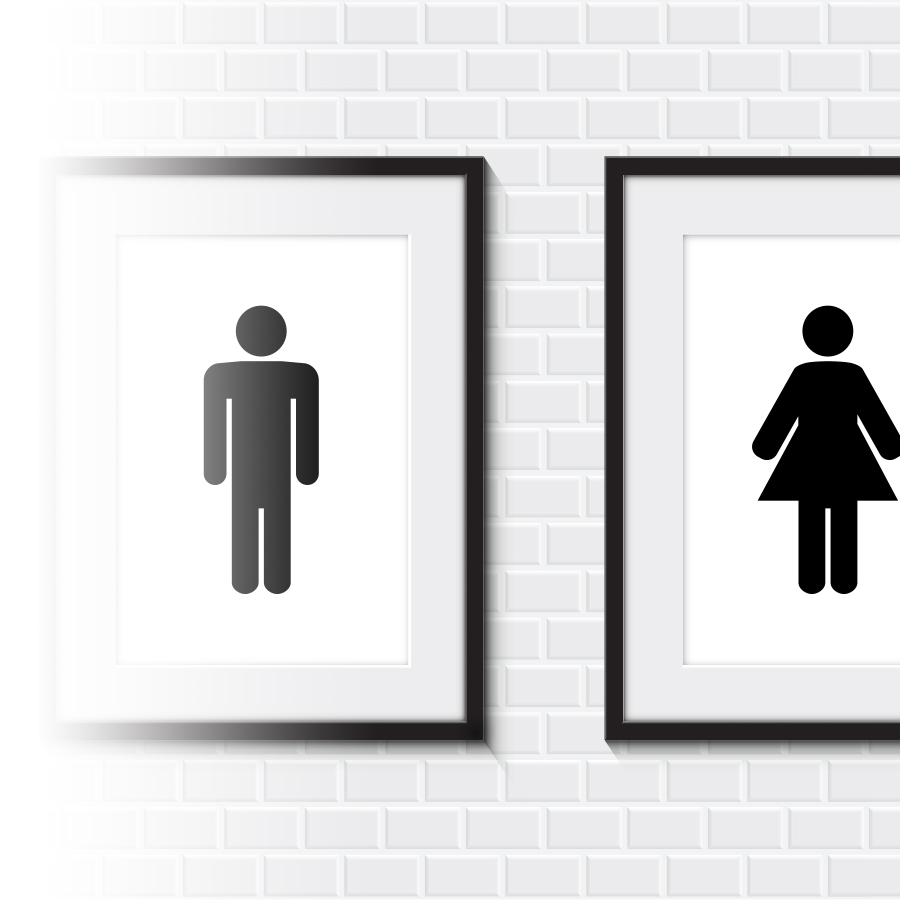Many people who experience urinary incontinence are reluctant to seek solutions. Yet there are many ways to deal with the discomfort of bladder weakness.
Some facts about urinary incontinence
Urinary incontinence is a health problem that is characterized by involuntary loss of urine. It affects a large number of people of all ages. Contrary to popular belief, urinary incontinence is not a normal part of the aging process, but rather is related to various causes. For additional information on this subject, read the following.
It is estimated that 5-10% of the general population lives with urinary incontinence. Approximately one in three women aged 45 and over, and one in two women aged 60 and over are affected. Additionally, it is estimated that nearly one in two pregnant women experience bladder weakness during or after pregnancy. Although women are more frequently affected by it, men are not spared!
Another interesting fact is that urinary incontinence can be controlled in over 90% of cases! This article discusses the various solutions available to prevent or control the problem.
Lifestyle changes
Changing certain habits can reduce the risk of experiencing bladder weakness. Here are some tips to help you do just that.
- Avoid excess fluid intake, especially in the evening. Normal fluid intake is preferable (about 1.5 to 2 litres a day). Highly concentrated urine can irritate the bladder.
- Reduce your intake of drinks containing alcohol or caffeine. These beverages can contribute to the problem, but not always.
- Avoid constipation. Constipation eventually leads to weakened pelvic floor muscles.
- Lose weight. A number of scientific studies have shown that weight loss reduces the symptoms of urinary incontinence in the medium and long term.
- Quit smoking. There appears to be a link between smoking and urinary incontinence. However, studies have not yet clearly demonstrated the effects of quitting smoking. Given the many benefits, why not give it a try?
Kegel exercises
These strengthening exercises for the pelvic floor muscles (perineum) promote better urinary control. To do them properly, you must first identify the right muscles to work, which is not so easy. To help you, you can try to hold your urine stream once it has started the next time you go to the bathroom. You will then feel the contraction of the perineal muscles, which are the ones that need to be strengthened. However, avoid doing Kegel exercises at the time of urination: do them during a quiet moment, ideally when the bladder is empty.
Do sets of 10 10-second contractions (separated by 5-10 second breaks) 3-4 times a day. The muscles in your buttocks, thighs and stomach should not contract when you do Kegels. You can do them unnoticed at any time of the day. Speak to a physiotherapist to ensure that you are doing them optimally.
Kegel exercises require patience. It can take four to six weeks to see results, and they must be continued even after bladder weakness has stopped. This "training" is often effective in preventing or reducing bladder weakness. It is especially helpful for pregnant and post-menopausal women, but everyone can benefit.
Medication
The medical management of urinary incontinence relies primarily on non-pharmacological measures, as presented here. However, it is not uncommon for these to prove insufficient, and medication may be considered to achieve the desired improvement.
To treat incontinence properly, it is important to know what causes it. For example, medications called antispasmodics are used for overactive bladder. If the incontinence is related to menopause, hormone therapy will be considered. If it is the result of poorly controlled diabetes, drug therapy will be adjusted accordingly. There are many options, depending on the situation.
If you need to take a medication, your doctor and pharmacist will help you choose the right one for you based on several factors. They will provide you with the information needed to ensure that you receive the benefits of the medication in a safe manner.
Protective products
The use of effective, discreet and comfortable protection products can provide real peace of mind. Selecting the right products is of paramount importance. To meet individual needs, these products are available in a variety of sizes and formats (panty liners, pads and underwear) that provide varying degrees of absorbency.
This protection allows people to lead normal, active lives without the fear of embarrassing incidents. Many people who experience bladder weakness are concerned about the smell of urine or that "minor accidents" will be visible or perceived by others. With quality protection products, there's no need to worry!
Skin care
In cases of incontinence, the skin exposed to urine can be made more sensitive. This can result in irritation, redness, itching or a burning sensation. This can lead to skin diseases such as infection or pressure ulcers. That's why it is essential to take good care of the skin and protect it.
Various items are available on the market for good skin care: fragrance-free cleansing products with moisturizing properties such as creams or wipes (flushable), as well as barrier creams that keep the skin dry and protected.
Other measures may be considered to manage bladder weakness (e.g. bladder retraining, surgery, various technologies). Speak to your trusted pharmacist if you have any questions about this or to know your options.

